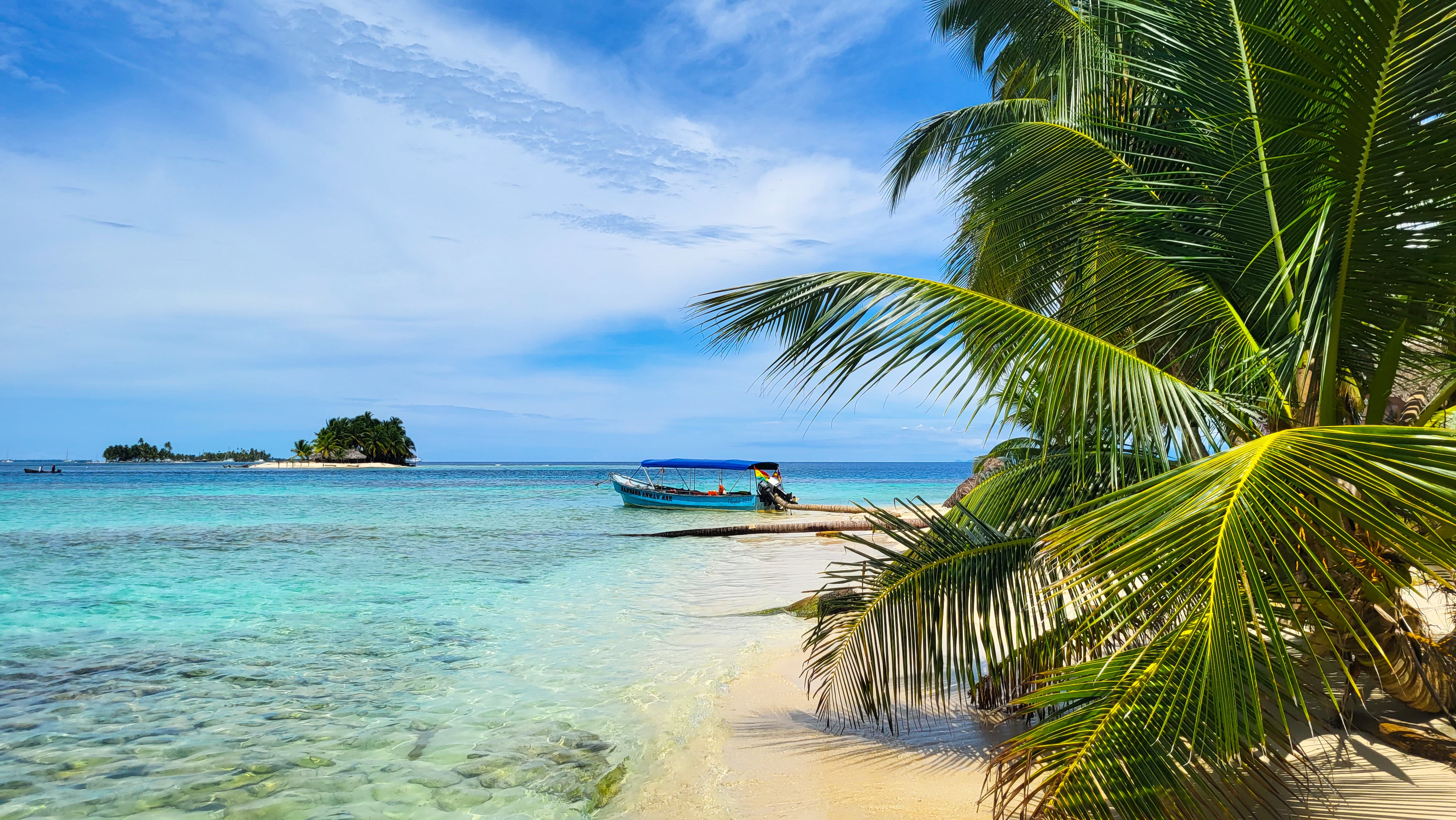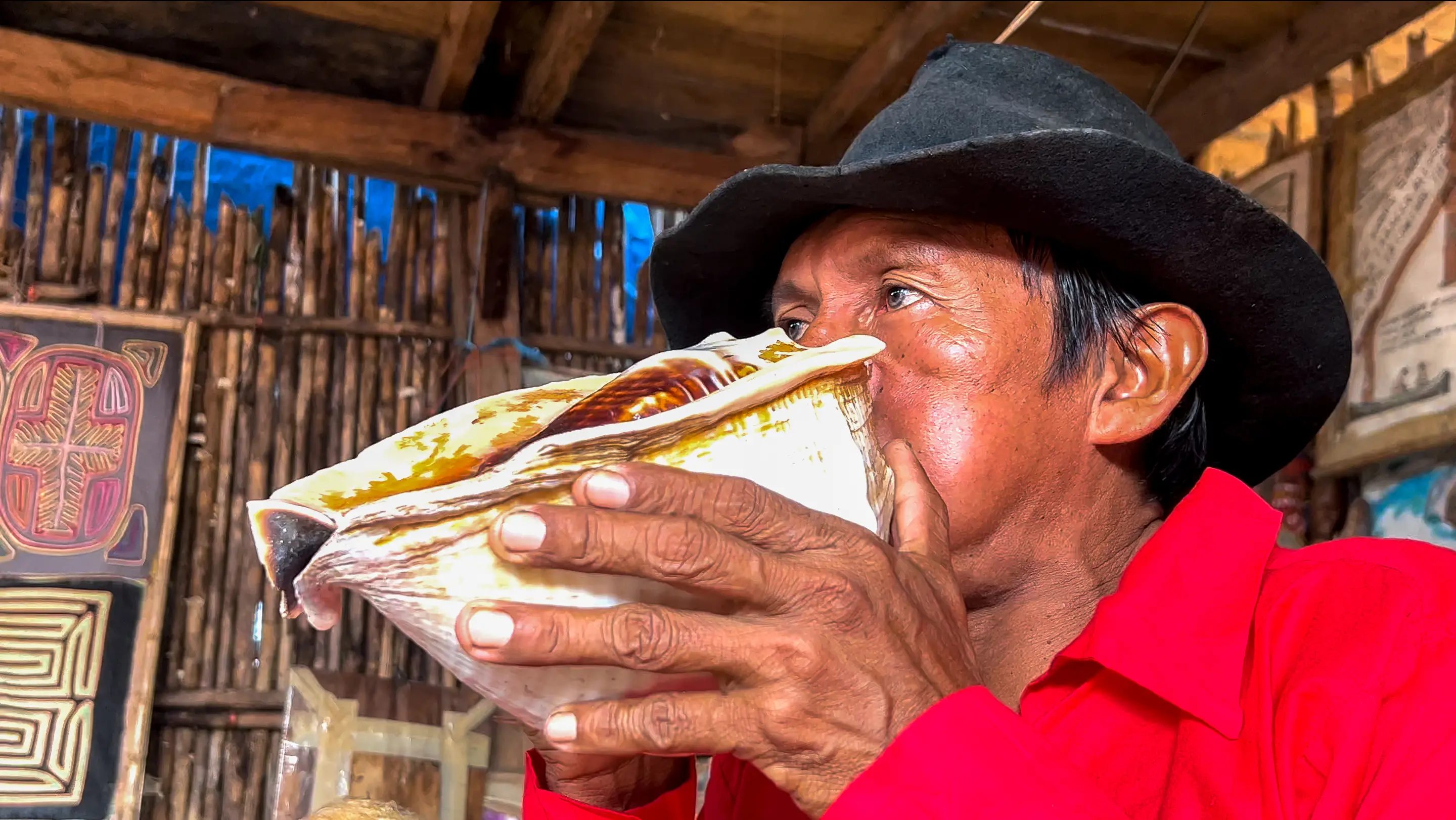
GARDI SUGDUB, Panama—One last time, the Guna Indigenous people blow their seashells to bid farewell to their home of two centuries. Their very own Atlantis—the San Blas archipelago outside the Panamanian coast—is slipping into the Caribbean and they are returning to the mainland they once escaped.

“When we came to this place everything was beautiful because we knew it was fertile land,” says Matilde Tejada who grew up on Gardi Sugdub, or Crab Island.
Tejada remembers the stories her grandparents told her about the Guna’s history. How, 200 years ago, they took refuge on 50 of the 365 paradise islands outside of Panama after a conflict with the Spanish in Colombia.
And since then, alongside white beaches, sapphire blue water and in huts built mere inches from the sea level, they have seen their culture blossom: spending their days making molas (a hand-made textile with patterns of spiritual meaning), fishing and harvesting yuccas.
The Gunas took possession of their paradise in 1925 when they staged a revolution against the Panamanian government and gained sovereignty over the archipelago. But after fighting for, and creating, their own Atlantis, another storm is coming to their shores.
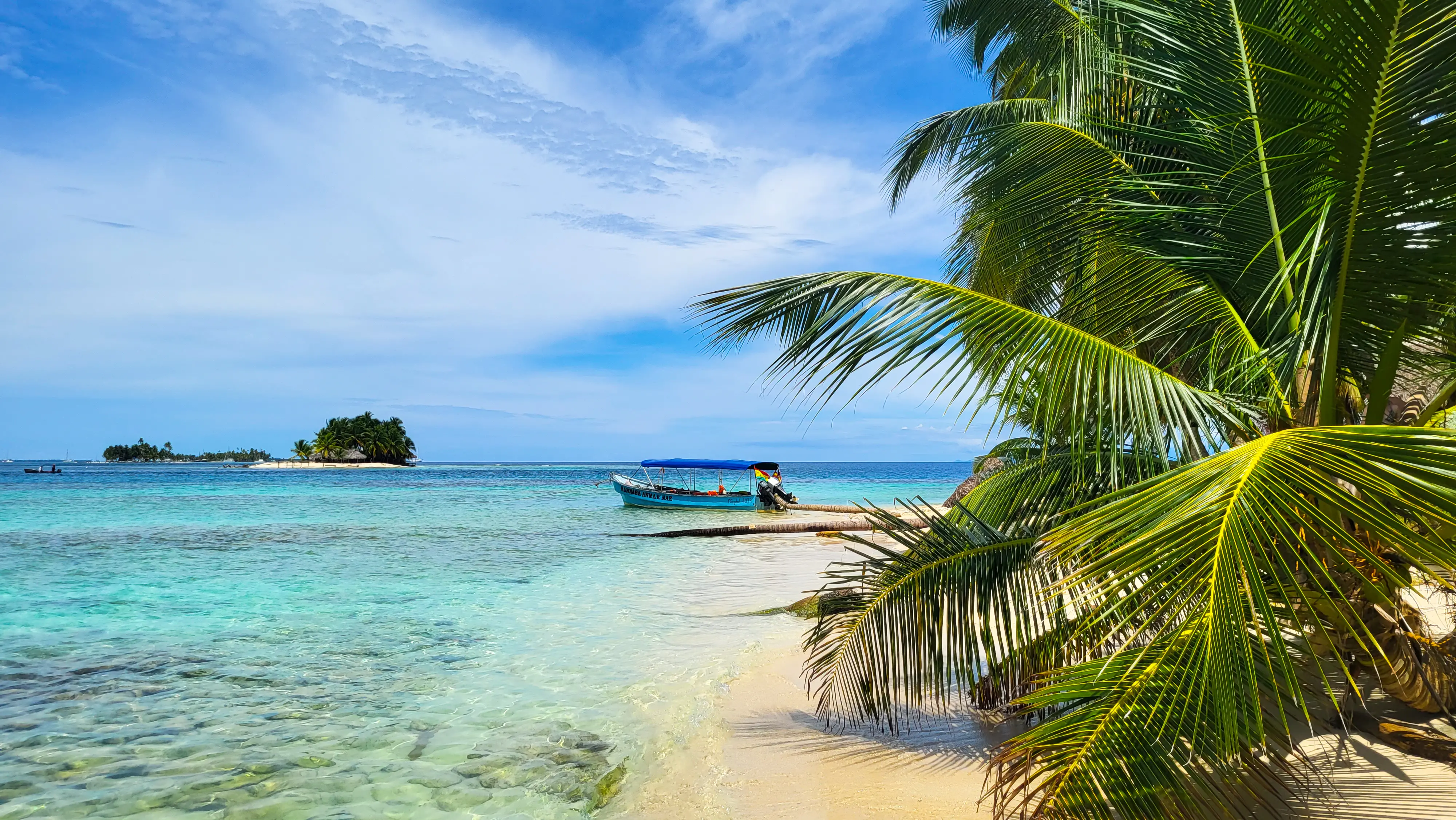
“If you ask me if this territory has changed since my childhood, I can tell you that yes, it has,” says Tejada. Her home, an island that is only 400 meters long and 150 meters wide, is overpopulated and faces problems with flooding that is driven by climate change.
In fact, all the islands in the archipelago are threatened to be swallowed by the sea as climate change is causing the sea levels to rise. During the winter months, the huts that are close to the edge of the islands will get flooded. Even on bright summer days the water is close to the homes.
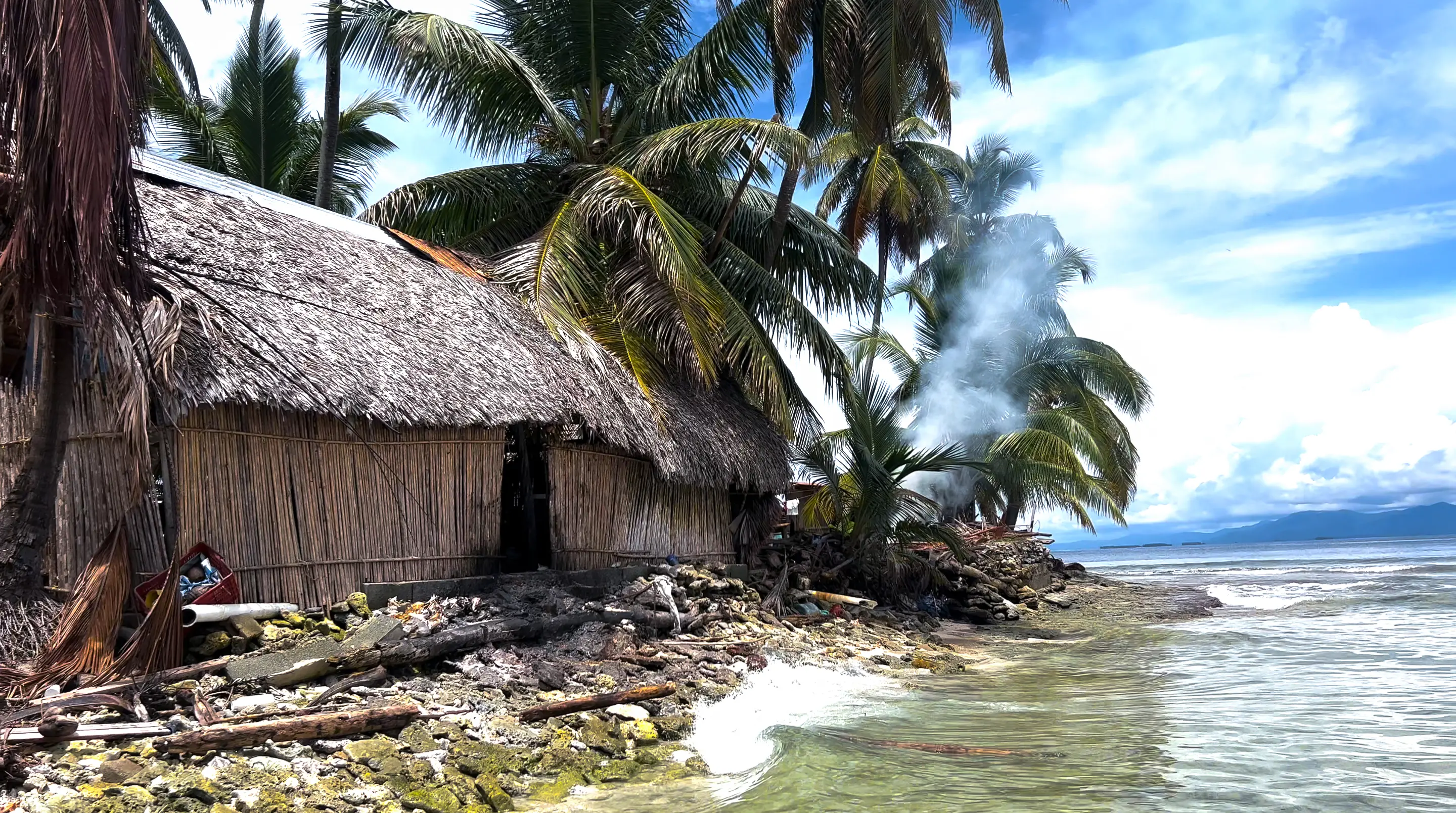
According to the BBC, the sea levels around the islands have been creeping up roughly an inch every 10 years. And Delfino Davies-Reyes, resident of Gardi Sugdub, remembers the efforts the Gunas have made to try to enlarge the islands to keep the water at bay.
“The islands were white [… ] but we brought this black (sand) from the mainland and changed the color of this land,” he says, and refers to the Guna’s efforts to enlarge the islands with sand from the mainland. The Gunas have also taken corals to build barriers around the islands to prevent the water from coming in.
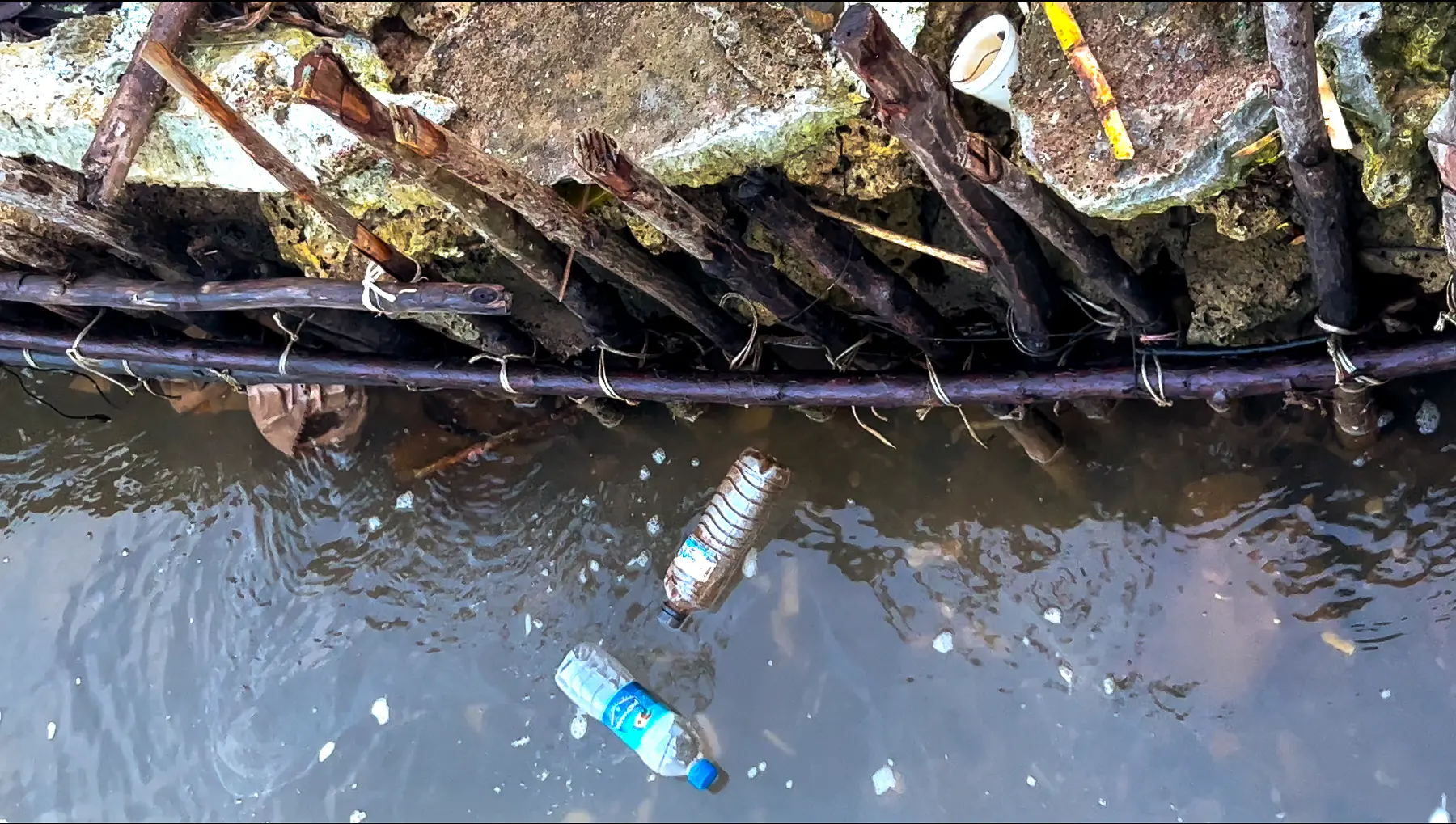
But none of these methods are sustainable, so the Gunas on Gardi Sugdub are now turning to their island chief, the “sagla,” for answers: José Davies. Who, in turn, is looking to the gods.
“We must always think of Baba (the Father) because from spirituality we find our strength and answers,” says Sagla Davies who has a special connection with the
spiritual world and “converses with him (Baba) daily.”
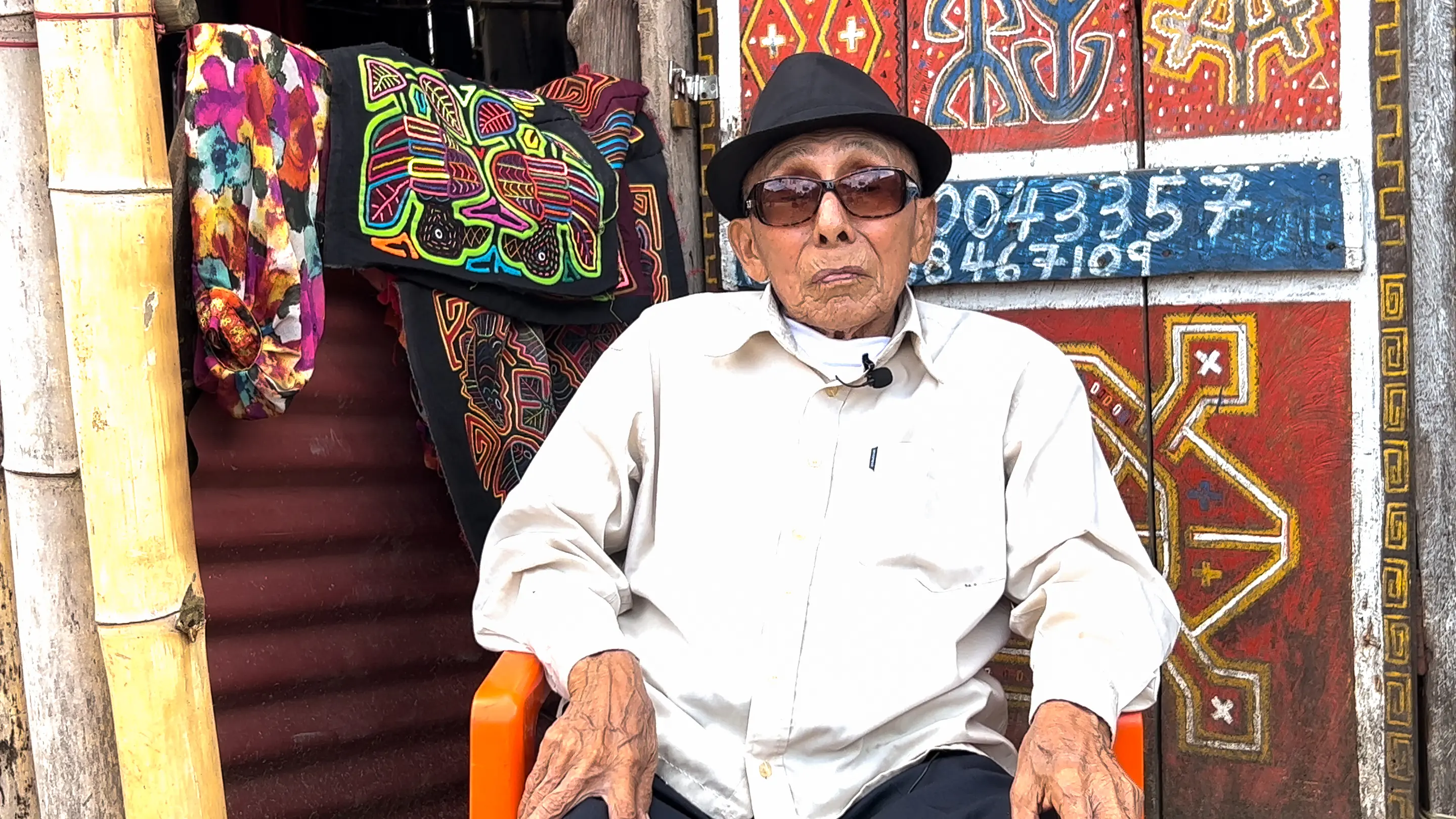
Sagla Davies says that two centuries ago the gods gave the Saglas a dream about the 365 islands, resulting in the move from the mainland. But now, he has received a new dream from the gods: it is time to move back to the place they once escaped. And his community will be the first to move.
Unlike other climate refugees, the Guna people offer a peculiar voice as they already own the land they want to relocate to: La Barriada, an area on the mainland. The resettlement-project began in 2010, but 12 years later, it still lacks the infrastructure for mass resettlement. And in the years to come, it is predicted that 28,000 Guna people will have to relocate—making it a race against both time and a rising sea.
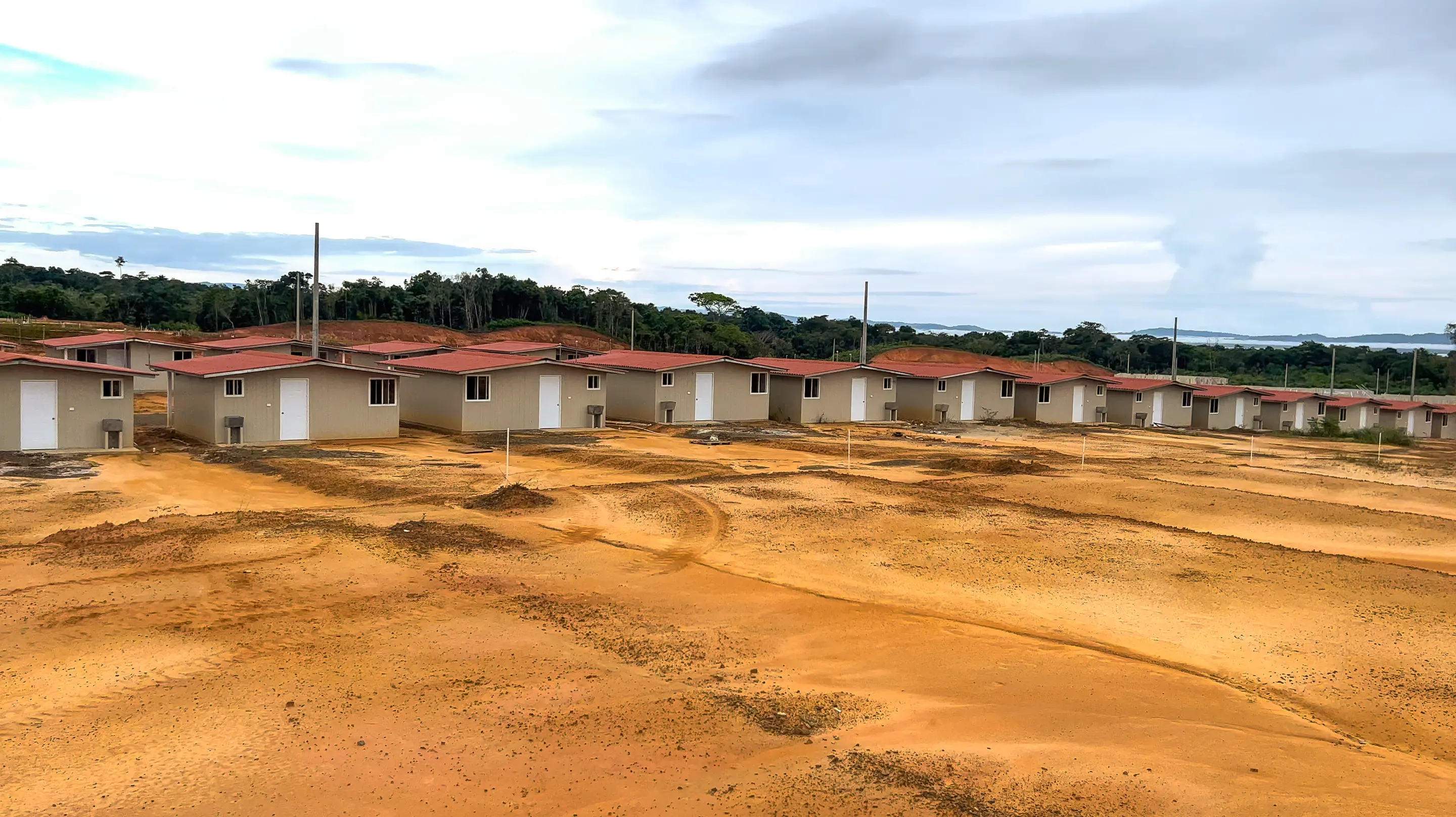
While many Gunas are eager to move to La Barriada, some fear that their culture will ebb out with the ocean when they move to the mainland. Not only do the elders plan to stay back, but the island-life has also shaped their cultural identity for the past centuries.
“As time goes by, our culture may or may not prevail. Well, we won't see, since I won't be around anyway,” says Tejada. But she is hopeful that La Barriada will maintain the Gunas’ lifestyle by carving out spaces for their spirituality, music and way of life.
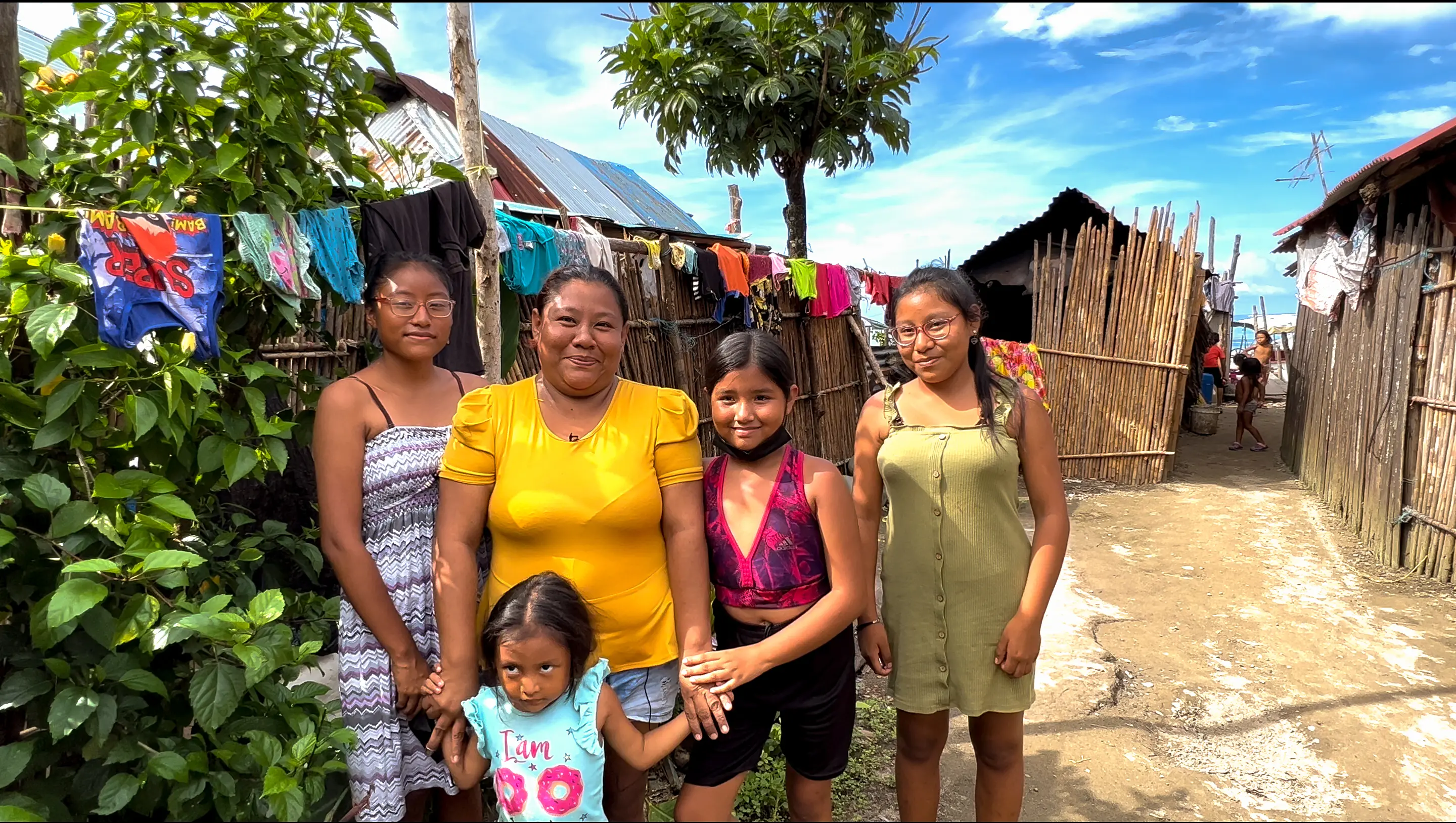
Also Miretelicia Aguilera, mother of eight children, is hopeful that La Barriada will offer her children a more stable future.
“I think they will continue the same: fishing, harvesting, even if they are over there […] We always teach the little ones of the tradition and follow in the footsteps of the grandparents,” she says.
Davies-Reyes agrees.
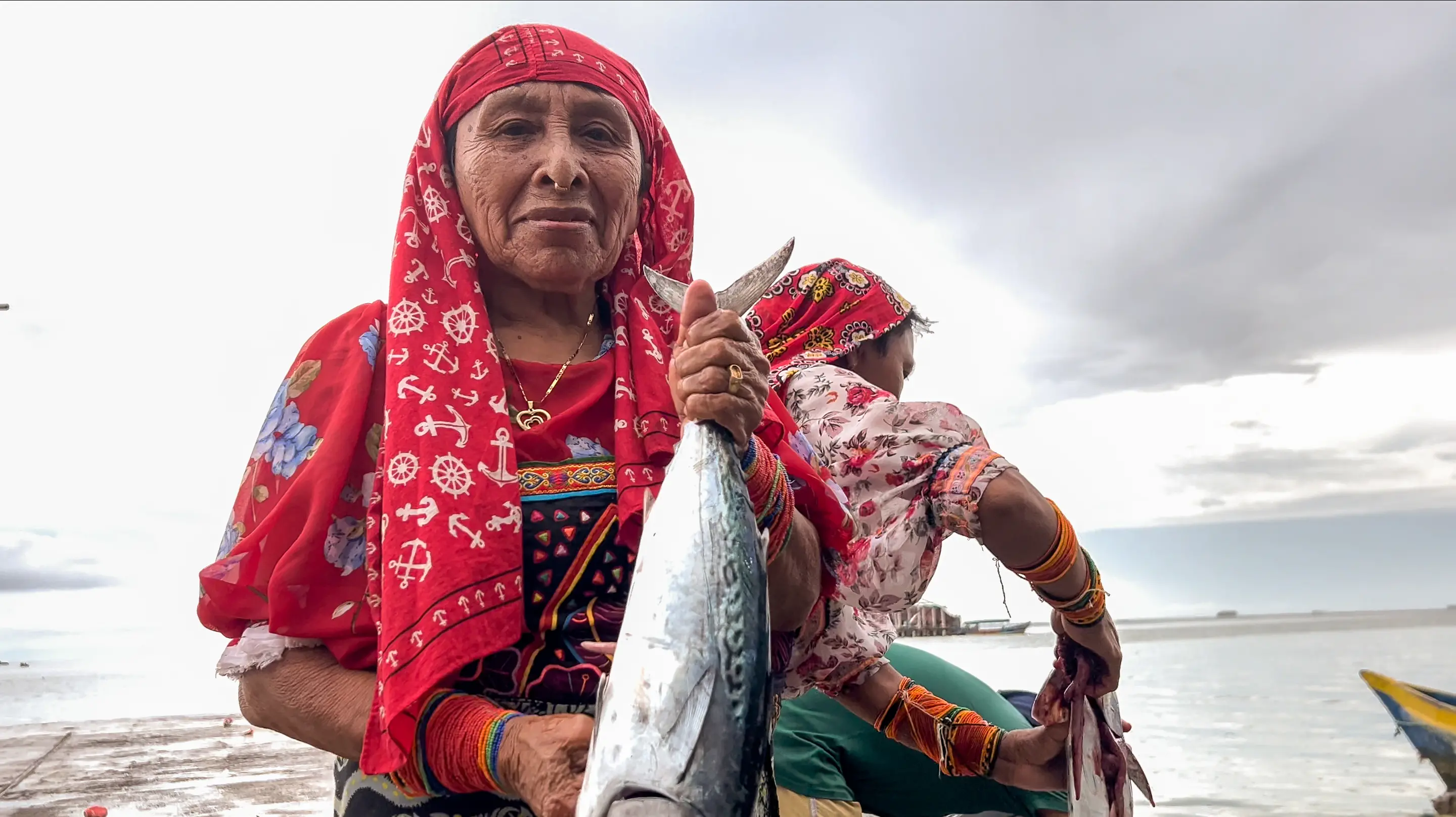
“When we go there (La Barriada) we are going to be more happy there because the Gunas have seen that in our dreams,” he says. And adds: “And our identity as the Gunas goes with us, because we are Gunas.”
But despite some Gunas’ optimism, others are more skeptical. In fact, all eyes are now on the Gardi Sugdub community to see how successful their move to the mainland will be. Yet, some Gunas, like Tejada, have already made up their minds. They will never give up their beloved Atlantis. Even as it is slowly sinking into the Caribbean Sea.


